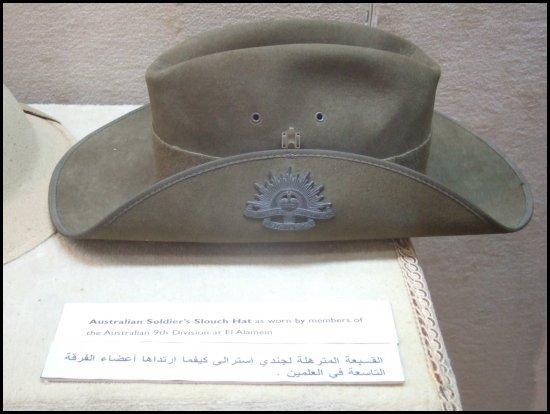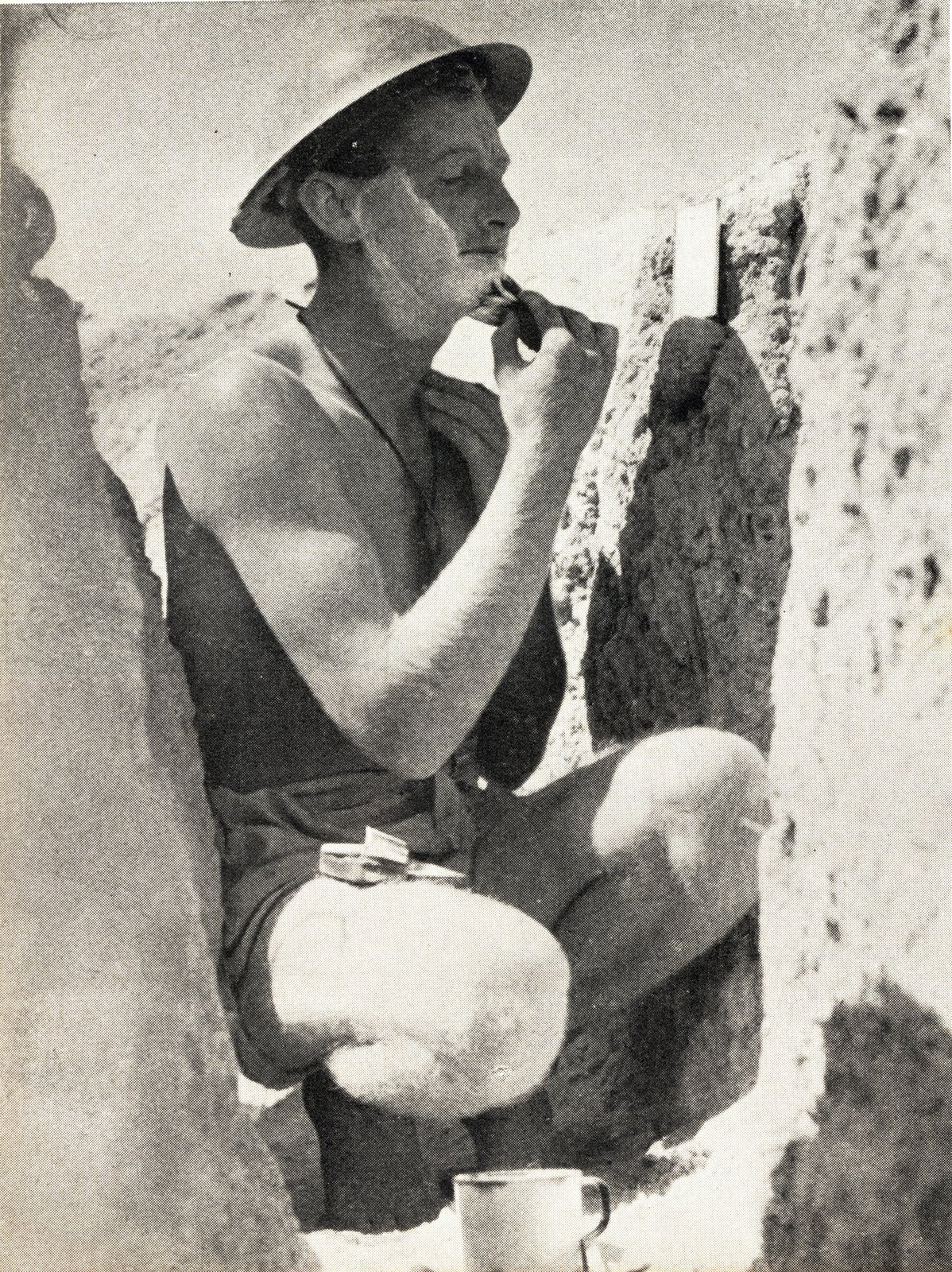Sunday, September 14, 2008
[Image] Stuka attack on the 2/24th.
Saturday, September 6, 2008
[Image] Departing Diggers leave their mark.
[Image] The long walk to the cage
Friday, August 29, 2008
[Quote] Lt. Tas Gill, 2/48th Battalion
Thursday, August 21, 2008
[Image] Tobruk's Anti Tank Ditch
Saturday, August 2, 2008
[Image] Meet the 9th's latest Reo's

[Image] For a hard earned thirst...
 ...you need a big cold beer
...you need a big cold beerSaturday, July 26, 2008
[Hero] WX9858 Pvt. Arthur Gurney V.C.
 2/48th Infantry Battalion, 26th Brigade, 9th Division
2/48th Infantry Battalion, 26th Brigade, 9th DivisionWX9858 Private Arthur Stanley Gurney was posthumously awarded the Victoria Cross for his actions at Tel el Eisa, Alamein Sector, Egypt on the 22nd of July, 1942.
During an attack Gurney’s company was held up by machine-gun fire from posts 100 metres in front, and all the officers were killed or wounded. Gurney, without hesitation, charged the nearest machine-gun post, bayoneted three men and silenced the post. He continued on to the second post, bayoneted two men and sent a third out as prisoner. Stick grenades were thrown at him and he was knocked to the ground, but he got up and charged the third post. Gurney disappeared from view and later his body was found in an enemy post.
Private Gurney is buried at the Alamein War Cemetery in Egypt. His Victoria Cross in on public display in the Hall of Valour at the Australian War Memorial, Canberra. Private Arthur Stanley Gurney was 33 years old at the time of his death.
image 100639 Australian War Memorial.
[Hero] WX10426 Pvt. Percy Gratwick V.C.
 2/48th Infantry Battalion, 26th Brigade, 9th Division
2/48th Infantry Battalion, 26th Brigade, 9th DivisionWX10426 Private Percival Eric Gratwick was posthumously awarded the Victoria Cross for his actions on the night of 25th-26th October, 1942 at Miteiriya Ridge, Alamein, Egypt.
During an attack Gratwick’s company, advancing on the left flank, was forced to ground by well-directed fire from the elevated enemy positions. The platoon commander, platoon sergeant and many others in the platoon were killed, the total strength being reduced to seven. Gratwick then quickly got up and charged the nearest enemy post with a rifle and bayonet in one hand, and a grenade in the other. Throwing one grenade into the post, then another, he jumped in among the surviving defenders with his bayonet and killed them all, including a complete mortar crew. He then charged through heavy machine-gun fire towards a second post, and inflicted further casualties. Gratwick was killed by a burst of machine-gun fire just short of the enemy trench.
Private Gratwick is buried at the Alamein War Cemetery in Egypt. His Victoria Cross is currently held by the Army Museum of Western Australia at Perth. At the time of his death he had only recently celebrated his 40th birthday in the front lines at Alamein.
image 100640 Australian War Memorial.
Friday, July 25, 2008
[Hero] SX7089 Sgt. William H. Kibby V.C.













